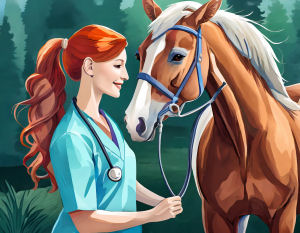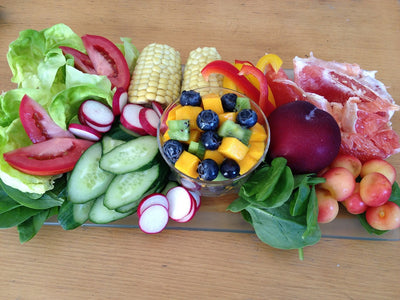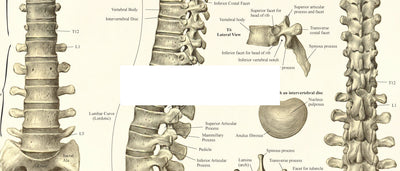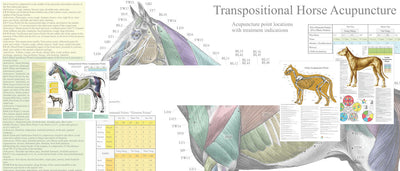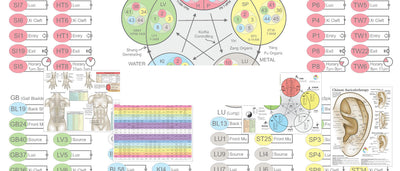In Traditional Chinese Medicine (TCM), the Five Elements theory (Wu Xing) represents a fundamental concept describing the interconnectedness and interdependence of various aspects of the human body and the universe. Each element—Fire, Earth, Metal, Water, and Wood—corresponds to certain organs, bodily functions, seasons, emotions, colors, tastes, and more. Here are the characteristics of the elements and their associated organs:
1. Fire Element (Huo) - Heart & Small Intestine:
- Corresponds to summer, heat, and the color red.
- The Heart governs blood circulation and houses the mind (Shen) in TCM. It's linked to emotions like joy and houses the spirit.
- The Small Intestine separates pure from impure substances, both physically and emotionally, aiding in decision-making.
- Emotionally, an imbalance in the Fire element might lead to excessive joy or lack of joy, manifesting in issues like insomnia or anxiety.
2. Earth Element (Tu) - Spleen & Stomach:
- Corresponds to late summer, stability, and the color yellow.
- The Spleen is responsible for transforming food into energy (Qi) and blood, maintaining digestion.
- The Stomach receives and digests food, providing nourishment for the body.
- Emotionally, an Earth element imbalance can lead to worry, overthinking, or a lack of mental clarity.
3. Metal Element (Jin) - Lung & Large Intestine:
- Corresponds to autumn, dryness, and the color white.
- The Lungs govern respiration, controlling the circulation of Qi and are related to grief.
- The Large Intestine eliminates waste from the body and regulates the balance of fluids.
- Emotionally, imbalances can lead to sadness, grief, or difficulty in letting go.
4. Water Element (Shui) - Kidney & Bladder:
- Corresponds to winter, coldness, and the color black or blue.
- The Kidneys store essence (Jing), govern reproduction, growth, and development, and are linked to fear in TCM.
- The Bladder stores and excretes urine.
- Emotionally, Water element imbalances might lead to excessive fear or a lack of willpower.
5. Wood Element (Mu) - Liver & Gall Bladder:
- Corresponds to spring, growth, and the color green.
- The Liver regulates the flow of Qi, stores blood, and is associated with anger or frustration in TCM.
- The Gall Bladder stores and excretes bile, aiding in digestion.
- Emotionally, imbalances in the Wood element can result in anger, irritability, or stagnation.
- Green Dragon (Azure Dragon): Symbolizes the East, associated with spring and Wood, representing growth, vitality, and change.
- Red Phoenix (Vermilion Bird): Symbolizes the South, associated with summer and Fire, representing transformation, rebirth, and warmth.
- Yellow Dragon or Yellow Qilin: Sometimes associated with the Center, linked to late summer and Earth, signifying balance, stability, and nourishment.
- White Tiger: Symbolizes the West, linked to autumn and Metal, representing strength, protection, and righteousness.
- Black Tortoise: Symbolizes the North, associated with winter and Water, symbolizing endurance, wisdom, and protection.
These elements and their associated organs, emotions, and symbols are fundamental concepts within TCM, forming the basis for diagnosis, treatment, and understanding the interconnectedness of the human body with nature.




